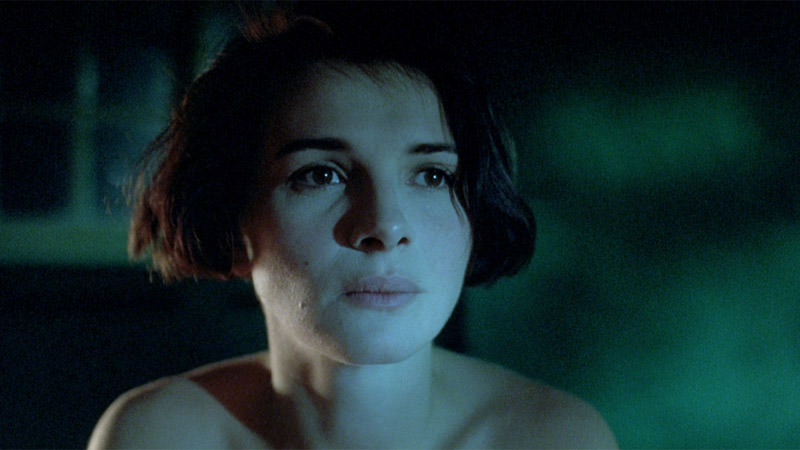
Growing up, a certain pairing of words seemed like a tainted synonym for pretention: arthouse cinema. Unfortunately, the style got a bad rap during the 1990s when mainstream cinema was more sterile and Hollywood-specific.
With the push of indie cinema during the new millennium—as well as the ability to rediscover old classics through the internet and preservation—comes the return of the arthouse style. Moonlight won Best Picture despite its deep influences from arthouse cinema. The masses are more open to aesthetic-driven cinema than they have been for decades.
With this comes the question for the curious: where does one start? You can’t begin with The Colour of Pomegranates right off the bat; it would be like trying your first alcoholic beverage with absinth. You have to work your way into the more obscure pictures.
To do that, here is a list of films that are either considerably arthouse pictures, or dabble enough with the style to at least give you some sort of impression. If you are wanting to ease your way into arthouse cinema gently, here are the ten gateway films to start with.
1. Ali: Fear Eats the Soul
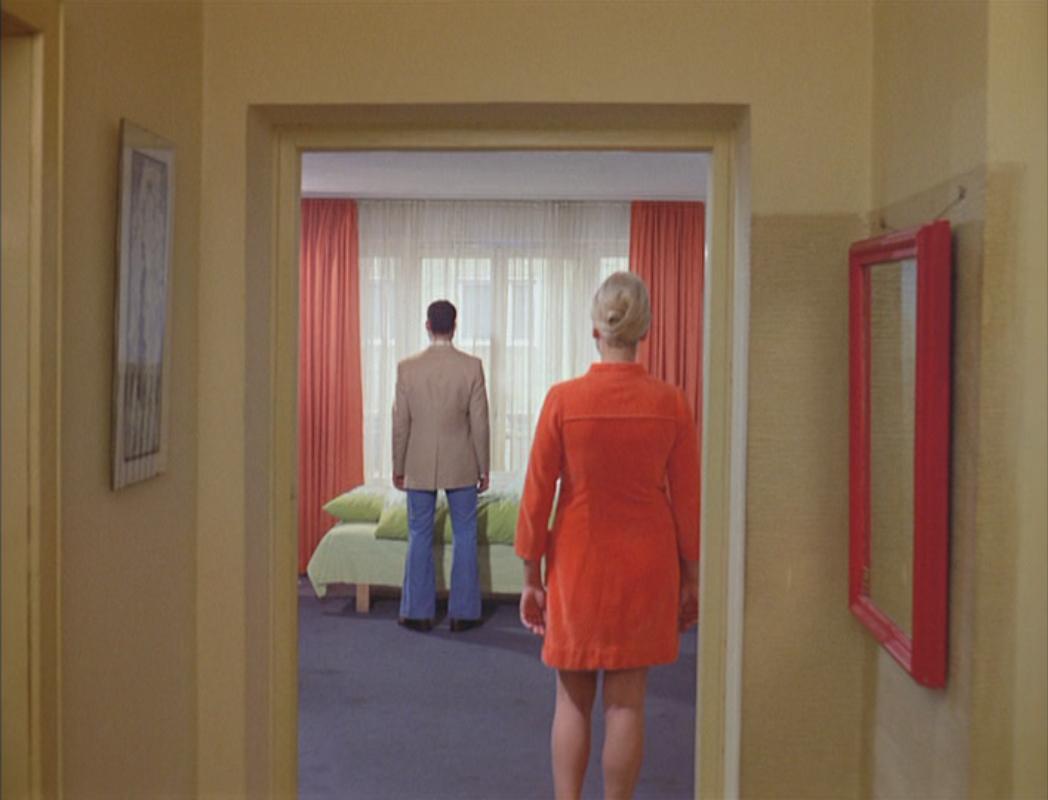
In Rainer Werner Fassbinder’s early hit, Ali: Fear Eats the Soul, an older German widow finds peace within a young Moroccan immigrant that displeases the intolerant community. They fight for their love while the rest of West Germany shuns them with pure hatred.
The film flips within its second act, as the festering toxicity of the society lingers long enough to affect Emmi and Ali; it feels like a parallel dimension more than it resembles reality. Here, the long pauses of evil glares and quiet thoughts is prevalent; these are the kinds of images you’d find in a Nicolas Winding Refn film.
Ali: Fear Eats the Soul toys with powerful imagery, poignant symbolism, and visceral moods. Fear does, indeed, eat away at your soul, but compassion will nourish it.
2. Chungking Express
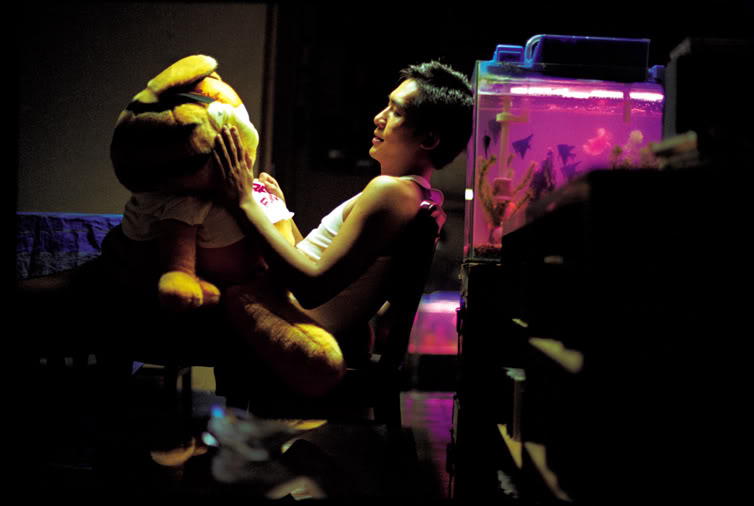
In the two-story picture Chungking Express, Wong Kar-Wai tries to utilize both words of the title as best as possible. Both narratives are location-based, as all characters are heavily connected to the comings-and-goings of a fast food restaurant. Chungking Express is not just about the catering service, but the act of emoting outwardly.
Through a series of vibrant, blurred images, and the pacing of authentically ‘90s music videos, the film plays like a daydream one would have on the job. There is no clear plan for any of the characters outside of feeling connected to another. Love drives all of these lonely hearts crazy, enough to obsess over canned pineapples and break into one’s residence. Chungking Express is pure, fleeting emotion.
3. Eternal Sunshine of the Spotless Mind
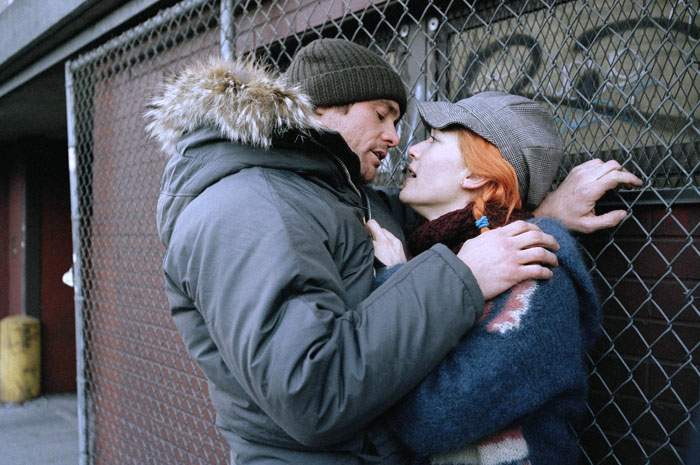
Michel Gondry cleverly employs arthouse mentalities through mainstream means. After his successful music video works, his greatest achievement is the post romantic tale Eternal Sunshine of the Spotless Mind.
Through a reality where memories can be erased, we see a man in despair travel backwards through his failed relationship. In Joel’s subconscious, the world of his former life partner literally crumbles. The symbolism might be blatant, but for a newcomer to arthouse cinema, this may be the right amount of obviousness.
You can understand the representations of a broken heart —through Charlie Kaufman’s brilliant screenplay— in a way you may have never thought of before. At its core, Eternal Sunshine is simply a break up picture that wonders where it all went wrong. On the surface, it is a meandering of past and present that challenges you enough to show what cinema can be capable of.
4. La Dolce Vita
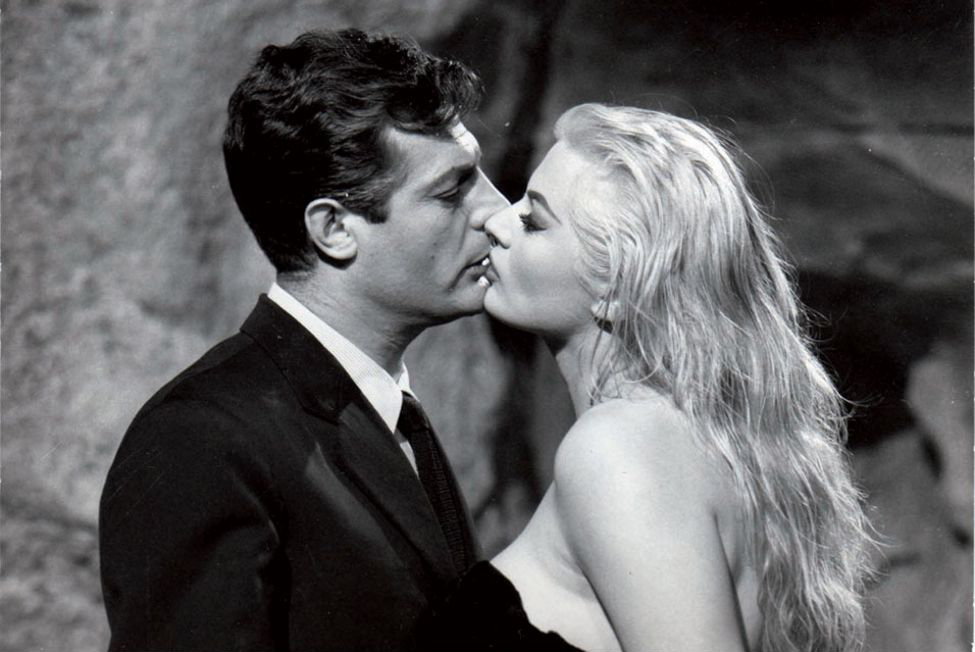
Out of all of Federico Fellini’s pictures, La Dolce Vita might be the easiest place to start. Despite its three hour run time, it feels like a very easy film to witness. Its many episodes have you dip your toes in a variety of tales of the upper class, and every story will zip past like a departing memory. There is enough pseudo surrealism to gift you with brief encounters of the kinds of images arthouse cinema usually boasts.
The film starts with a statue of Jesus Christ being carried via helicopter over the city of Rome. This kind of event is far from impossible, but it is different and magnificent enough to transport you, too. Suddenly, you are experiencing the riches of the wealthiest of Italy.
Your visit to the good life is anchored by Marcello Rubini: a journalist trying to make sense of it all (both his ventures and life). You will likely be in the same boat, but La Dolce Vita will grant you lush images while you come up with your own interpretations.
5. Lost in Translation
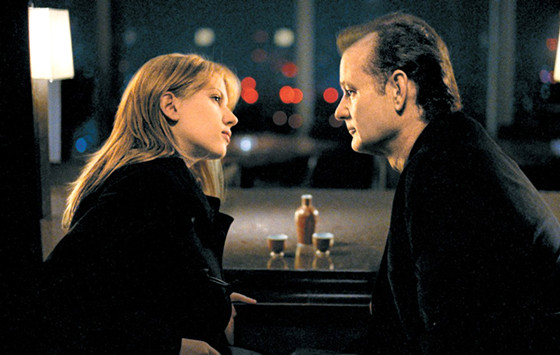
The title of this film is appropriate in so many ways. In this instance, it is the blending of mainstream and arthouse culture within an older actor’s visit to Japan. Sofia Coppola was inspired to make this picture after wandering around Tokyo with My Bloody Valentine’s Loveless to keep her company. Of course, the band’s Kevin Shields composed the score and picked songs to include, but Coppola captured the dizzying bliss of being a fish out of water in other ways.
Japan is framed through a captivated lens. The world, and all that exists within it, is fascinating. It is as if Japan is, itself, a character that is always in frame. The wandering through all of the sites, the soothing sounds, and the electricity of it all. Lost in Translation is a culture clash, but it is also a blending of cinematic styles.